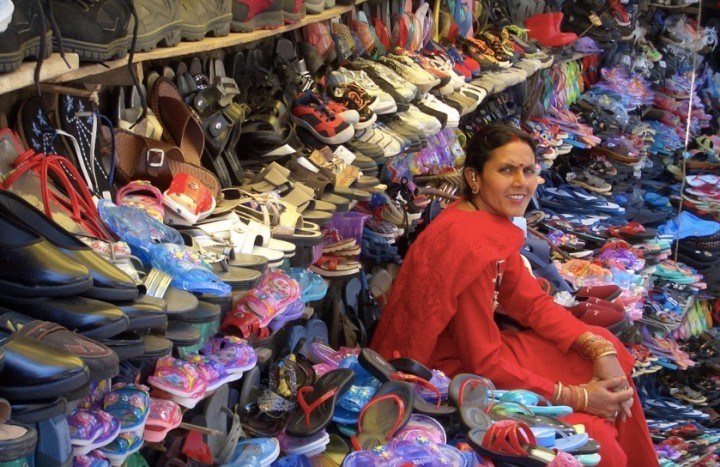
Paytm removes one reason for not using digital wallets
By Meghna Rao for techinAsia.com
Mobile wallet-turned ecommerce site Paytm made it free for customers to pay merchants offline through its app today.
This makes Paytm an attractive alternative to using credit and debit cards at small and medium businesses, because banks usually charge a fee anywhere between 0.5 to 2.5 percent per transaction. It’s also expensive to buy hardware that supports cards, so most merchants end up demanding cash instead.
Offline transactions were launched by Paytm three months ago, with a pre-printed QR code that customers have to scan in order to charge their wallet.
Paytm’s approach is also faster than paying through banks, adding to the list of reasons why this move might help phase out credit and debit cards.
“One of the reasons the current adoption of digital payments is low is because the existing cashless systems were not made for the mobile first world,” explains Nitin Misra, head of payment products at Paytm. “We are deeply committed to make offline digital payments simple and ubiquitous through a infrastructure-light model using mobile phones.”
The wallet claims to be completing 3.5 million transactions a day. They plan to target 2.6 million point of sale – the moment in time when a customer pays a merchant – locations by March 2017.
Freecharge is getting offline too

Photo credit: David Rothwell.
Rival Freecharge is taking a slightly different approach to encouraging online payments. Itpaired up with mobile point of sale software ePaisa earlier this week in order to access its network of merchants.
It launched its “on the go pin” in December last year, allowing customers to pay merchants with a four digit pin without having access to the internet.
It also has an offline payment integration with McDonald’s and Shopper’s Stop. They plan to use existing swipe machines to conduct transactions.
These add to the series of interesting moves that have been made to get India’s cash dependent economy online. Wallets have taken advantage of the recent smartphone growth and thought up ways to get around the fact that most of the country has limited data access and trust issues when it comes to paying without physical cash. The next few months may decide whether their attempts to woo Indian customers will be enough.
the article first appeared in techinasia.com





